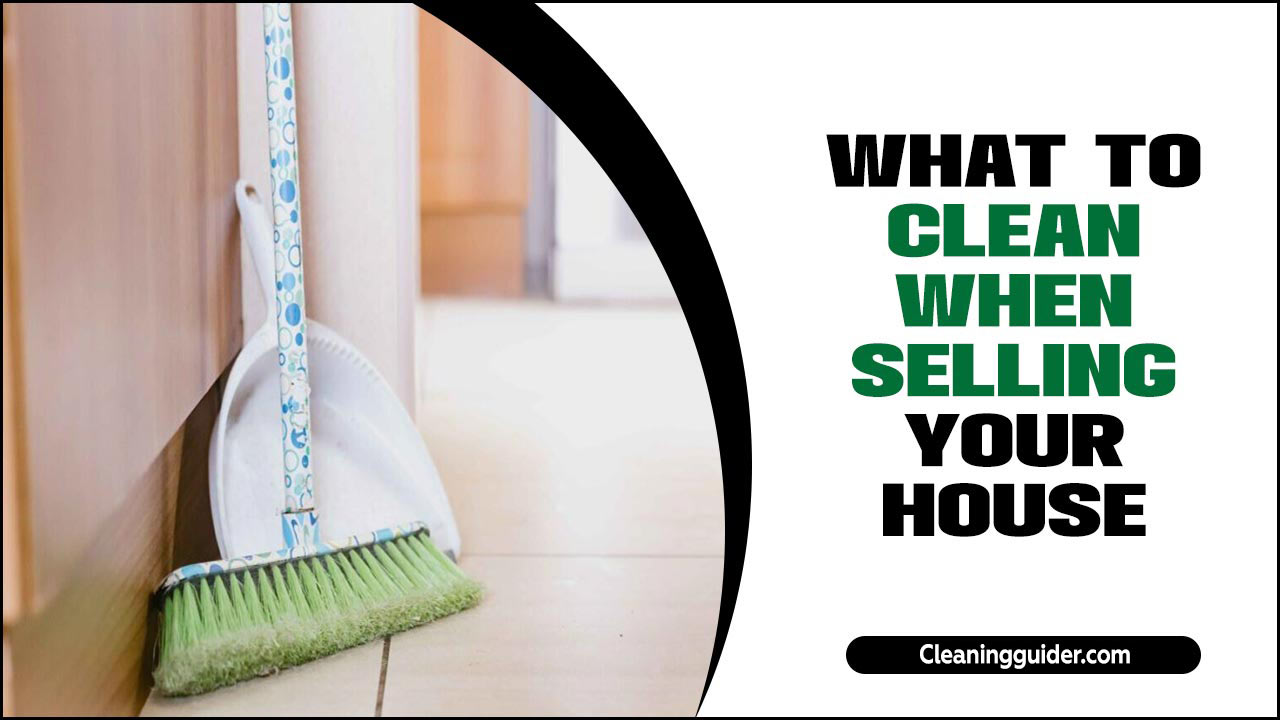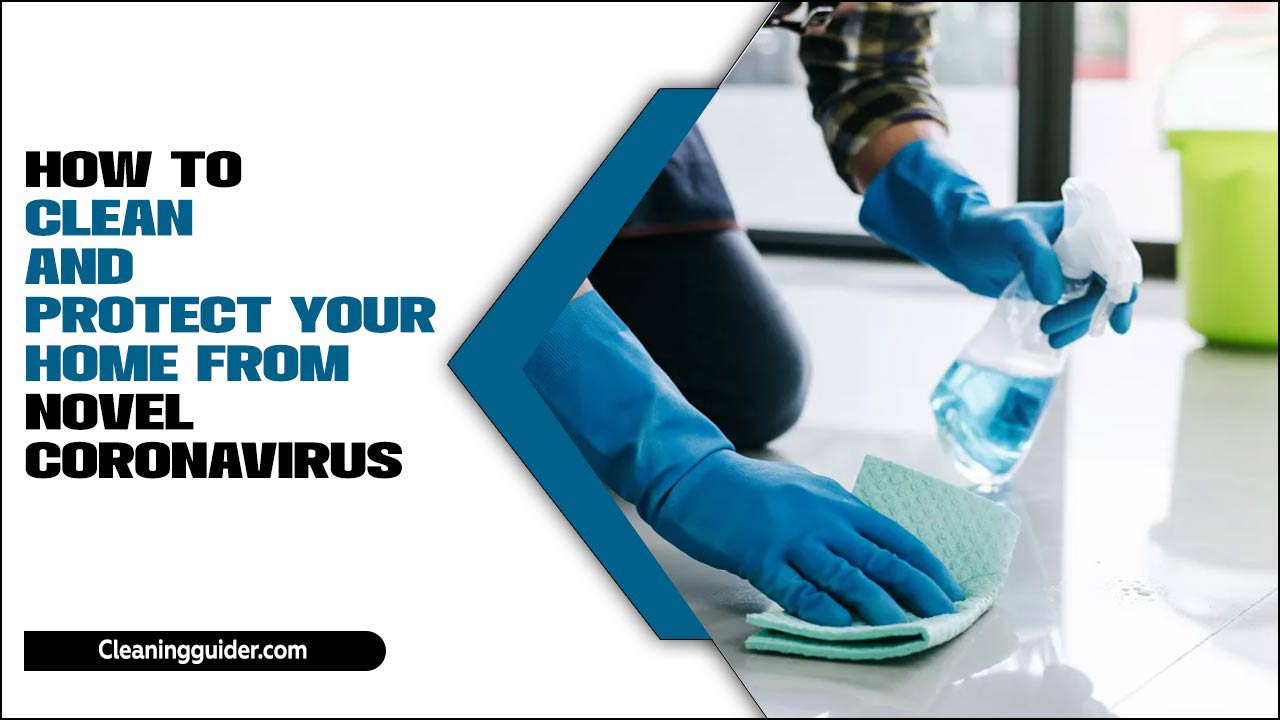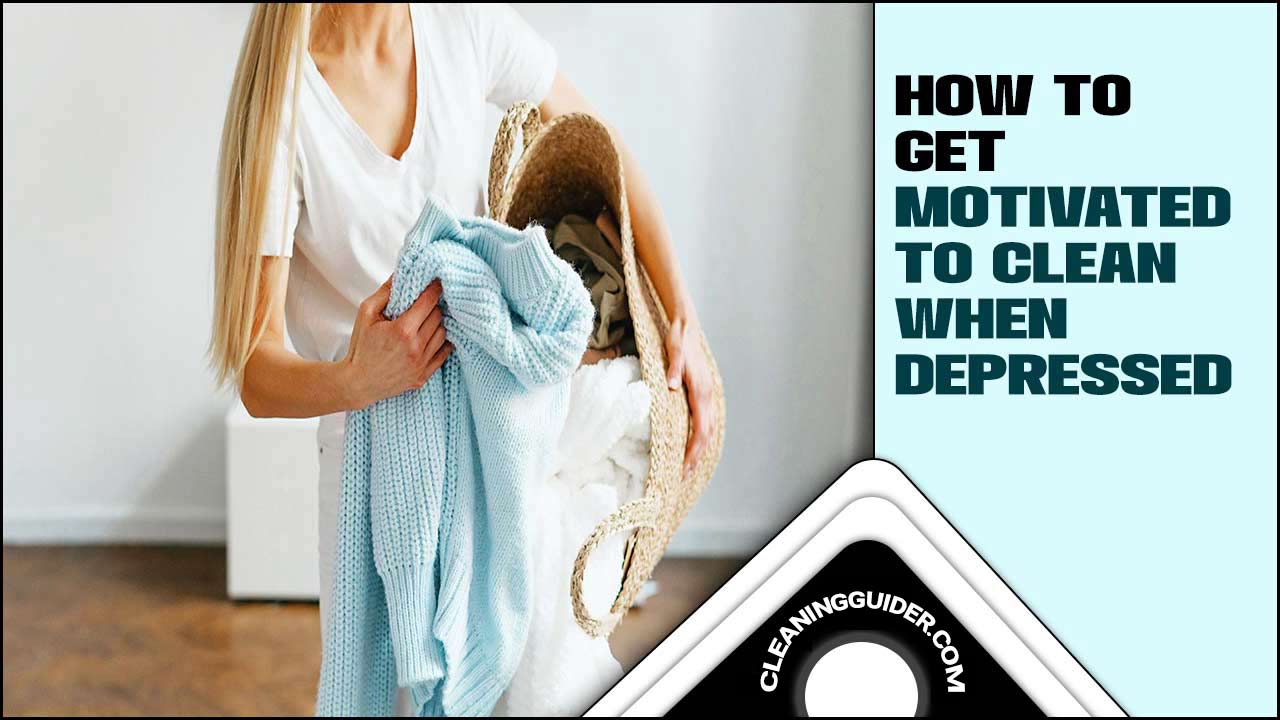Laminate floors are a popular choice for many homeowners due to their durability, affordability, and easy maintenance. However, cleaning them without leaving any residue can be a tough challenge.
Residue buildup can make your floors look dull and unclean, and it may even cause damage over time. Here, we will provide you with a complete guide on how to clean laminate floors without residue.
We will cover the importance of reading the manufacturer’s cleaning instructions, the role of mopping in laminate floor care, step-by-step instructions for cleaning without residue, benefits of regular cleaning, DIY cleaning solutions, common mistakes to avoid while cleaning, and tips for regular maintenance to keep your floors looking new.
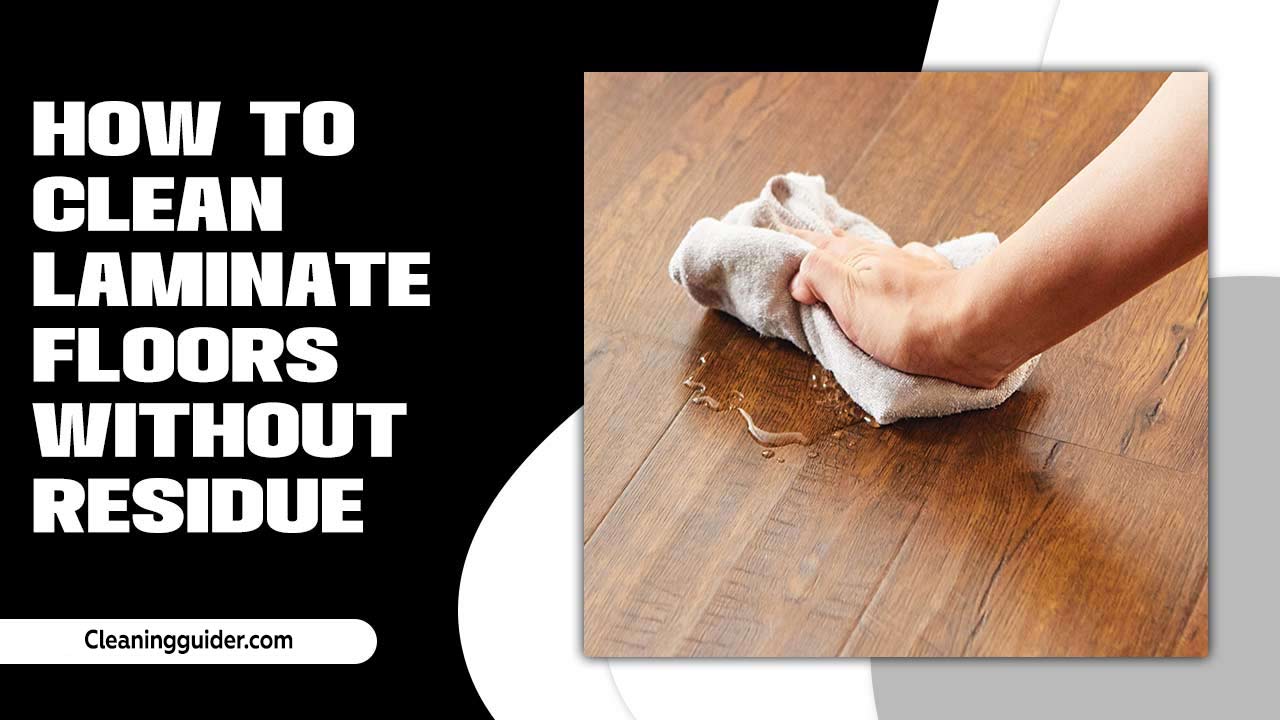
The Role Of Mopping In Laminate Floor Care
Regular mopping is crucial for maintaining the cleanliness and appearance of your laminate floors. It effectively removes dirt, grime, and debris that can accumulate over time. By preventing the buildup of these particles, mopping helps preserve the smooth surface of the laminate boards and prevents them from becoming scratched or damaged.
Additionally, proper mopping techniques help retain the shine and freshness of your floors. Not only does regular mopping contribute to the hygiene of your living space by eliminating germs, but it also ensures that your laminate floors continue to look clean and fresh.
Step-By-Step Guide: How To Clean Laminate Floors Without Residue
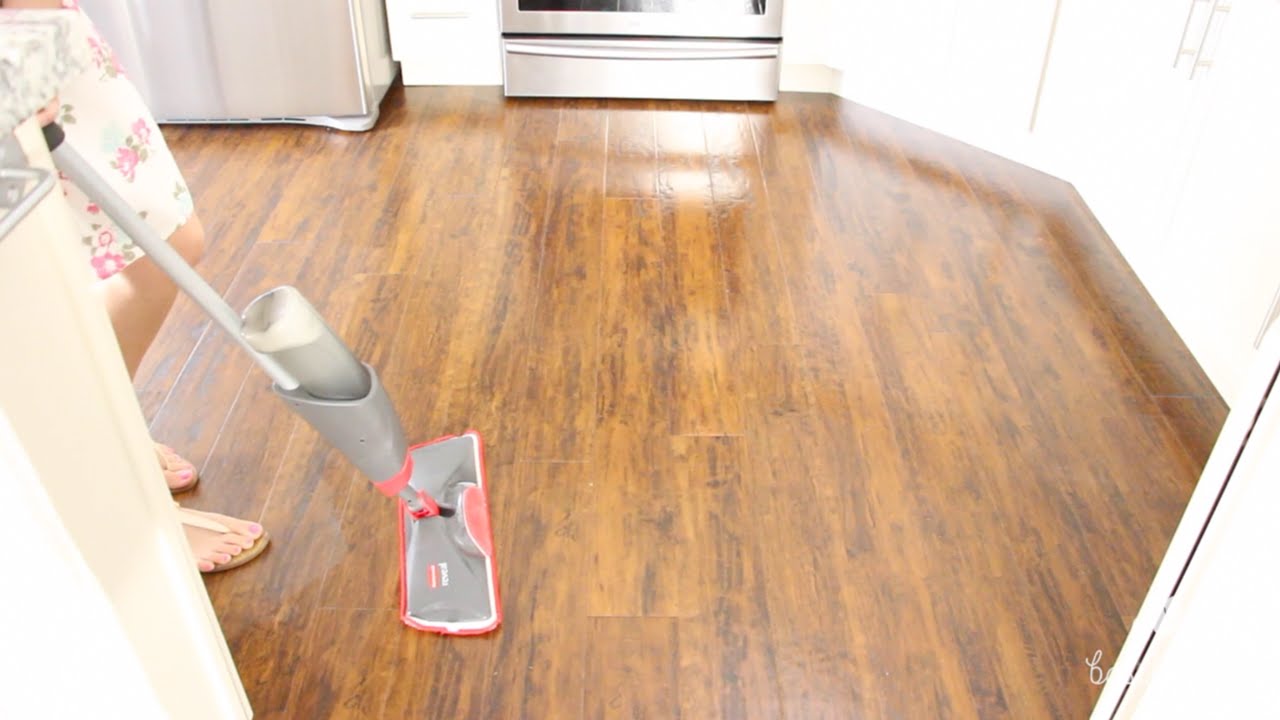
Proper maintenance of your laminate floors is essential, and one of the most important steps is to follow the manufacturer’s cleaning instructions. These guidelines provide valuable information on how to protect your floors and ensure their longevity. Cleaning laminate floors without leaving any residue behind requires a careful and thorough approach. Here is a step-by-step guide on how to clean laminate floors without residue:
Step 1: Dust Or Vacuum Floor
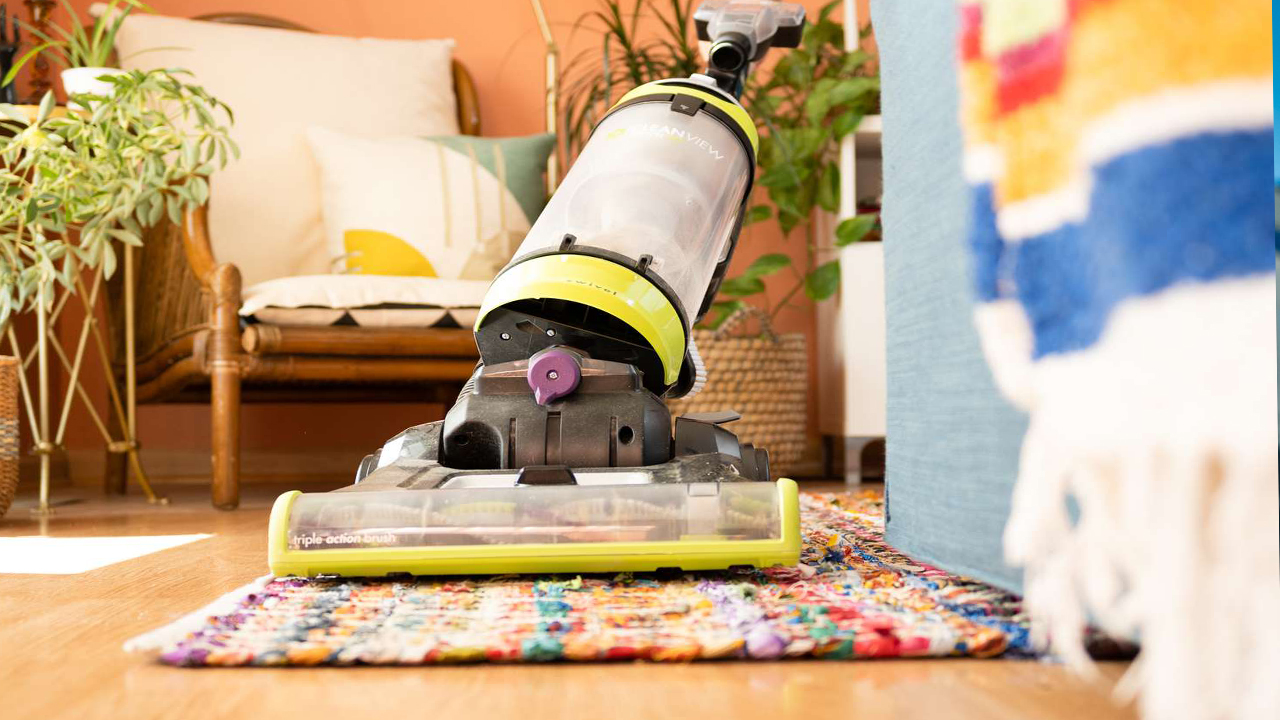
To ensure a residue-free clean, start by sweeping or vacuuming the floor to remove loose dirt and debris. Opt for a soft-bristle broom or a vacuum cleaner with a bare floor setting to prevent scratching. Pay attention to hard-to-reach areas and corners where dirt tends to accumulate. By removing dust and debris before mopping, you can prevent scratching and spreading of dirt on the surface of the laminate.
Step 2: Choose A Cleaning Solution
Regarding cleaning laminate floors without residue, choosing the right cleaning solution is crucial. Opt for a laminate floor cleaner specifically formulated for laminate flooring, ensuring that it leaves no residue behind.
Avoid using abrasive cleaners or products with harsh chemicals that could damage the surface of the laminate. You can also consider homemade solutions using vinegar and water for a more natural cleaning option. It’s always a good idea to test the cleaning solution on a small, inconspicuous area before applying it to the entire floor.
Step 3: Mop Floors With Damp Mop
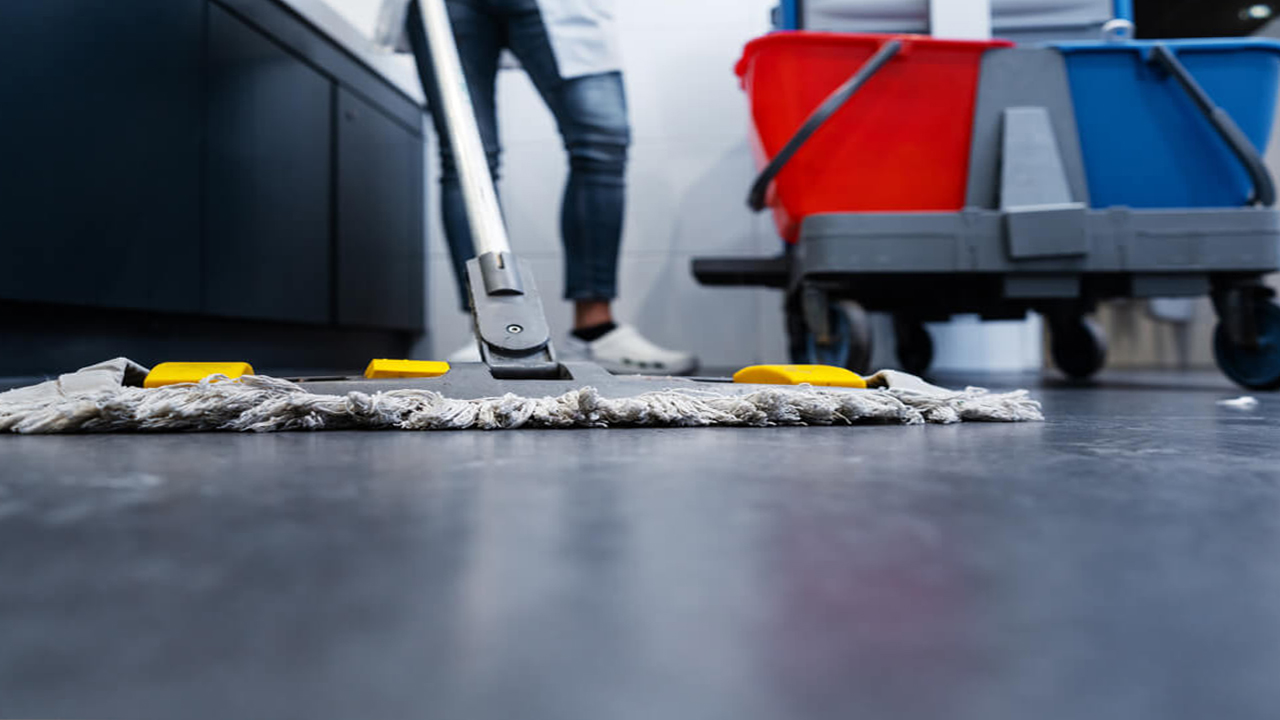
To effectively clean laminate floors without leaving any residue, start by dipping a microfiber mop into a damp cleaning solution. Make sure the mop is not soaking wet. Begin mopping from one end of the room and work your way toward the exit using gentle back-and-forth motions.
Pay close attention to high-traffic areas and any visible dirt or stains. Rinse the mop frequently in clean water to prevent spreading dirt or residue. This method ensures a thorough and residue-free clean for your laminate floors.
Step 4: Buff To A Shine
To achieve a polished and clean appearance, use a dry microfiber mop to buff the floor after mopping. Applying light pressure, make smooth, circular motions with the mop to remove any remaining moisture and enhance the natural shine of the laminate.
Ensure the floor is completely dry before allowing foot traffic or placing furniture back to prevent any damage. Buffing the surface promotes a residue-free and pristine look, leaving your laminate floors looking their best.
DIY Cleaning Solutions For Laminate Floors
Cleaning laminate floors without leaving behind any residue can be a challenge, but with the right DIY cleaning solutions, it is possible to achieve a sparkling clean surface. One effective solution is a mixture of warm water and vinegar. Combine equal parts of water and white vinegar in a spray bottle and mist the solution onto the floor.
Then, use a microfiber mop or cloth to scrub away dirt and grime gently. Another option is to create a cleaning solution using dish soap and warm water. Mix a few drops of dish soap with warm water in a bucket, then dip a mop or cloth into the solution and wring out excess liquid before cleaning the laminate floor. Remember to avoid using excessive amounts of liquid, as it can damage the flooring.
Common Mistakes To Avoid When Cleaning Laminate Floors
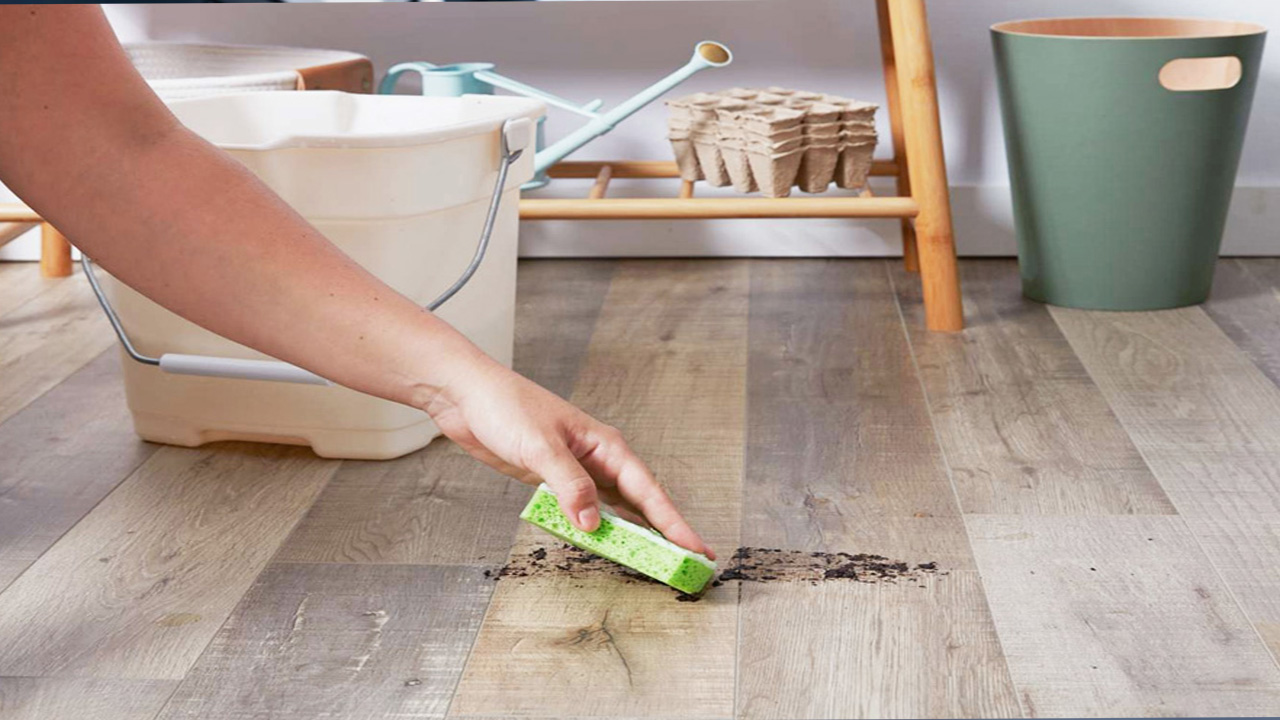
Cleaning laminate floors can be a bit tricky, but with the right techniques, you can keep them looking spotless without any residue. By avoiding these common mistakes, you can ensure that your laminate floors stay clean and free from any unwanted residue. Here are some common mistakes to avoid when cleaning laminate floors:
- Using Too Much Water: Laminate floors are not waterproof, so using excessive amounts of water can cause damage and leave behind residue. Instead, opt for a damp mop or microfiber cloth to clean the floors.
- Using Harsh Chemicals: Harsh chemicals can strip away the protective layer of your laminate flooring and leave behind a residue. Stick to mild cleaners specifically designed for laminate floors, or make your natural cleaning solution using vinegar and water.
- Scrubbing Vigorously: While it may be tempting to scrub away stubborn stains, vigorous scrubbing can scratch or dull the surface of your laminate floors. Instead, gently blot or wipe away stains using a soft cloth or sponge.
- Neglecting To Dry Properly: Leaving your laminate floors wet can lead to water spots and streaks. After cleaning, be sure to thoroughly dry the floors with a clean, dry cloth or towel.
Regular Maintenance Tips To Keep Laminate Floors Clean And Residue-Free
Regular maintenance is key to keeping your laminate floors clean and free of residue. By following these regular maintenance tips, you can keep your laminate floors clean and residue-free, ensuring they continue to look beautiful for years to come. Here are some tips to help you maintain the beauty and longevity of your floors:
- Sweep Or Vacuum Regularly: Use a soft-bristle broom or a vacuum cleaner with a brush attachment to remove loose dirt and debris from the surface of your laminate floors. This will prevent scratches and keep the floors looking their best.
- Use A Microfiber Mop: Dampen a microfiber mop with water or a mild cleaning solution specifically designed for laminate floors. Avoid using excessive water, as it can seep into the seams and cause damage. Gently mop the floor in the direction of the planks, being careful not to saturate the surface.
- Wipe Up Spills Immediately: Laminate floors are not waterproof, so it’s important to wipe up any spills or liquids that may occur quickly. This will prevent moisture from seeping into the laminate and causing warping or damage.
- Avoid Harsh Chemicals: When cleaning your laminate floors, avoid using harsh chemicals or abrasive cleaners, as they can leave behind residue or damage the protective layer of the laminate. Stick to gentle cleaning solutions recommended by the manufacturer or opt for natural alternatives like vinegar and water.
- Dry The Floor Thoroughly: After mopping, use a dry microfiber cloth or towel to dry the floor completely. This will help prevent streaks and residue from forming.
How To Prevent Film Or Residue After Cleaning Laminate Floors?

Cleaning laminate floors can be a challenge, especially when it comes to preventing film or residue from building up. To ensure that your floors stay clean and free from any unwanted residue. By following these tips, you can keep your laminate floors looking clean and free from any unsightly residues. Here are some helpful tips:
- Use The Right Cleaning Products: Avoid using harsh chemicals or abrasive cleaners that can leave behind a film. Instead, opt for mild, pH-neutral cleaners specifically designed for laminate floors.
- Dilute Your Cleaning Solution: Mix your cleaning solution with water according to the manufacturer’s instructions. Using too much cleaner can leave behind a sticky residue.
- Dry mop after cleaning: After you’ve finished mopping, go over the floor with a dry mop or microfiber cloth to remove any excess moisture and prevent streaks or residue from forming.
- Avoid Excessive Water: Too much water can seep into the seams of the laminate flooring and cause damage or leave behind residue. Use a damp mop rather than a soaking wet one, and wipe up any spills immediately.
- Test New Cleaning Products: Before using a new cleaning product on your entire floor, test it in an inconspicuous area to make sure it doesn’t leave behind any residue or damage the laminate surface.
Conclusion
To ensure your laminate floors stay clean and residue-free, follow these simple steps and tips. Start by reading the manufacturer’s cleaning instructions to understand the best practices for your specific type of laminate flooring. Regularly dust or vacuum the floor to remove any loose dirt or debris. Choose a cleaning solution specifically designed for laminate floors and mop the floors using a damp mop. To achieve a shiny finish, buff the floors after cleaning.
Additionally, it’s important to regularly clean your laminate floors to maintain their appearance and longevity. Avoid common mistakes such as using excessive water or harsh cleaning products. For a natural cleaning solution, consider using alternatives like vinegar or baking soda. By following these tips, you can keep your laminate floors looking clean and residue-free for years to come. So, it is essential to know how to clean laminate floors without residue.
Frequently Asked Questions
1.Why Is My Laminate Floor Always Dirty?
Ans: Laminate floors can easily accumulate dirt and dust due to their smooth surface. Walking with dirty shoes or paws can contribute to the problem. Using improper cleaning products or techniques can leave a residue that attracts more dirt. Regular sweeping, vacuuming, and mopping with a gentle cleaner are essential for keeping laminate floors clean and residue-free.
2.How Do You Clean Laminate Floors Without Leaving Residue?
Ans: To clean laminate floors without leaving residue, use a microfiber mop or cloth. Avoid excessive water as it can damage the flooring. Opt for a cleaning solution specifically designed for laminate floors, and make sure to dry the floor thoroughly after cleaning.
3.Are There Any DIY Cleaning Solutions For Laminate Floors That Won’t Leave A Film Behind?
Ans: Looking for DIY cleaning solutions that won’t leave a film on your laminate floors? Try a mixture of equal parts water and vinegar or warm water with dish soap and rubbing alcohol. Avoid wax, oil-based, or abrasive cleaners to prevent residue buildup. Test new solutions in an inconspicuous area first.
4.Is It Possible To Clean Laminate Floors Without Water And Still Get Rid Of Residue?
Ans: Yes, it is possible to clean laminate floors without water and still remove residue. Dry mopping or using a microfiber cloth can effectively eliminate dust and debris. You can also opt for waterless laminate floor cleaners or make your solution using vinegar and rubbing alcohol. Avoid using excessive water or steam cleaners to prevent damage to the flooring.
5.What Should You Not Clean Laminate Floors With?
Ans: Avoid using abrasive tools like steel wool or scouring pads on laminate floors. Also, steer clear of bleach, ammonia-based cleaners, excessive water, steam cleaners, wax, polish, or oil-based products. These can all cause damage or leave a residue on your laminate floors.

